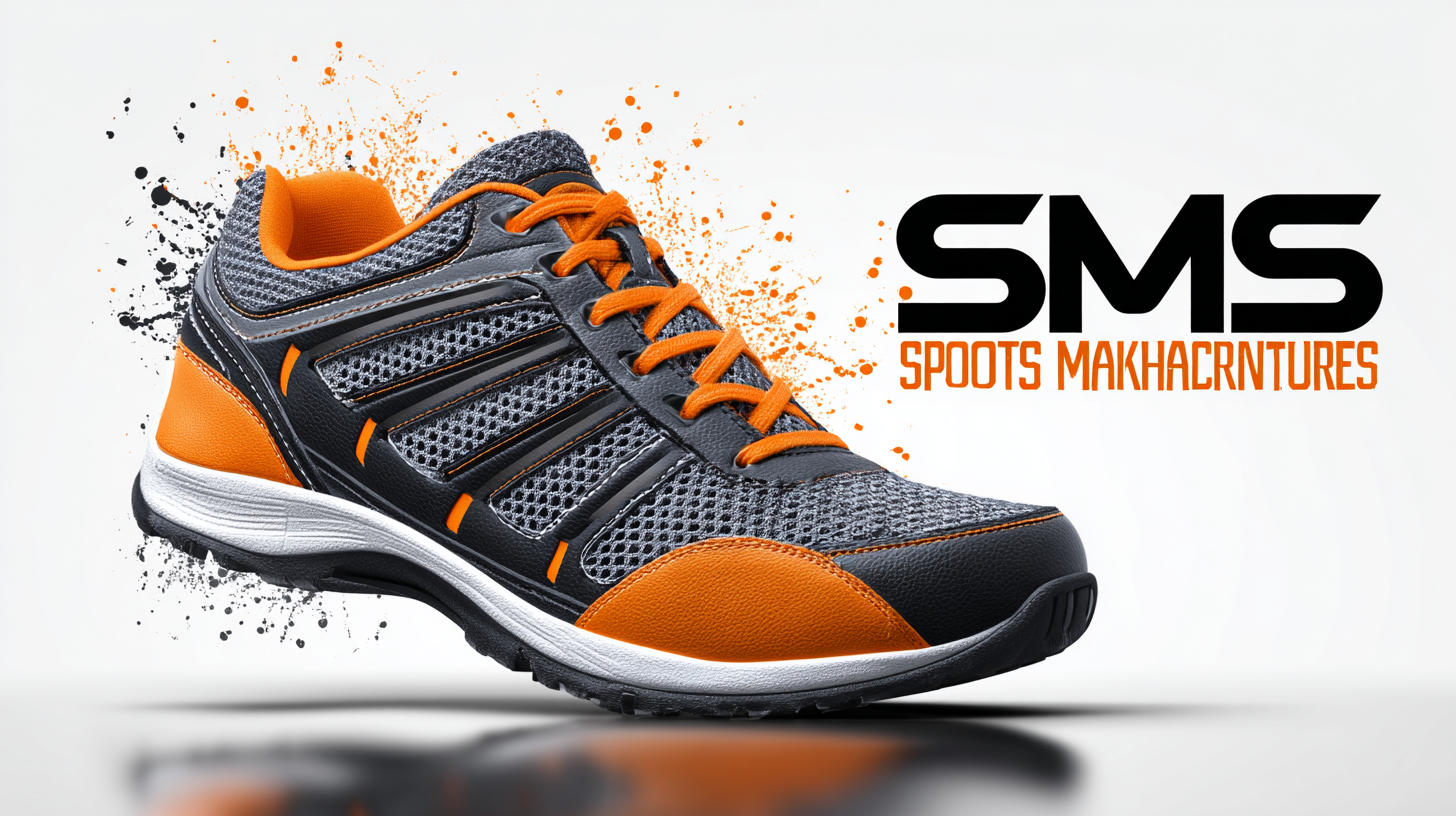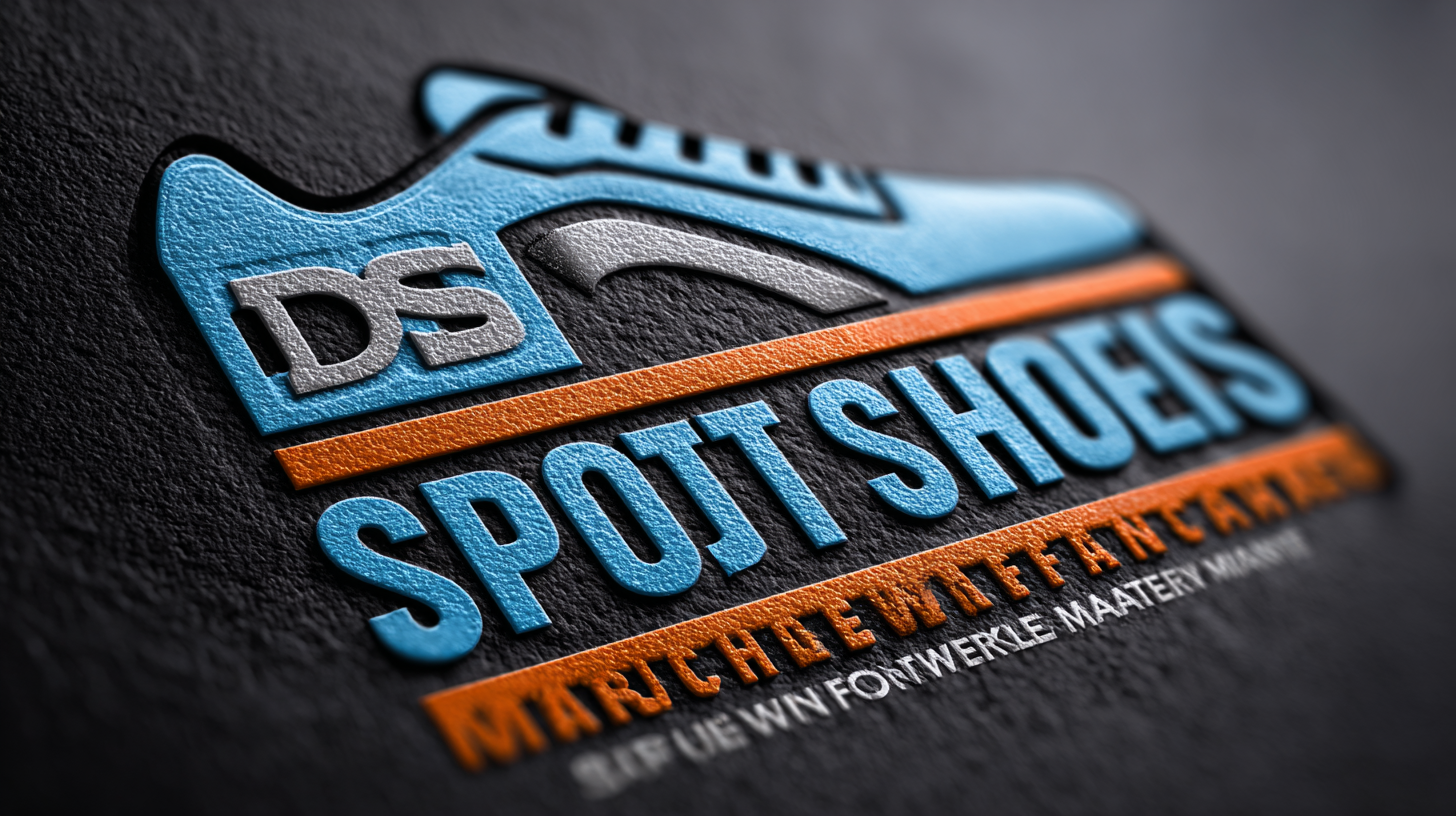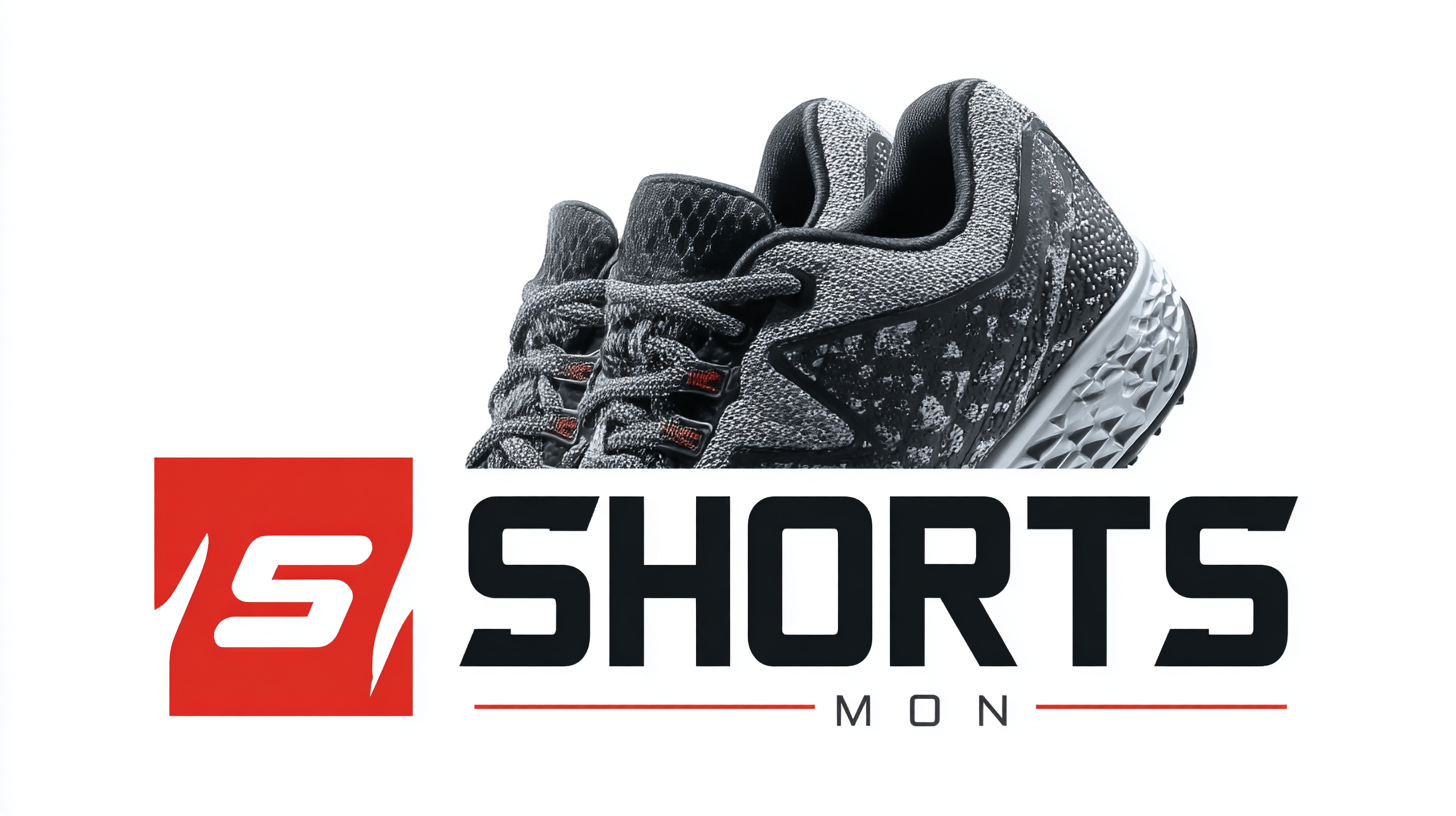
In today's competitive global markets, crafting an effective purchase strategy for selecting the best sports shoes manufacturer is crucial for success in the athletic footwear industry. With numerous brands vying for attention, understanding the inherent challenges—ranging from quality assurance to supply chain logistics—can significantly impact your decision-making process. Buyers must navigate through a plethora of options while ensuring they align with consumer trends, sustainability demands, and performance expectations.

This blog will explore common problems faced when choosing a sports shoes manufacturer, providing insights and strategies to help you make informed purchasing decisions that not only elevate your brand but also satisfy the ever-evolving needs of the market. By addressing these key issues, stakeholders can form stronger partnerships and ultimately drive growth in their business ventures.
When selecting a sports shoes manufacturer, understanding the key factors that influence your purchase strategy is crucial. One essential criterion is the manufacturer's production capacity, which reflects their ability to meet demand. According to a recent industry report by Grand View Research, the global sports shoes market is projected to reach $120.7 billion by 2026, growing at a CAGR of 6.6%. Manufacturers must possess the scalability to adapt to market fluctuations and consumer preferences, ensuring timely delivery and consistent quality.
Another critical factor is the manufacturer’s commitment to sustainable practices. A 2021 survey conducted by Nielsen indicated that 66% of consumers are willing to pay more for sustainable brands. As the focus on environmentally responsible production intensifies, prospective buyers should evaluate whether manufacturers adhere to eco-friendly practices, including the use of recycled materials and efficient supply chains. By prioritizing sustainability, manufacturers not only contribute to environmental conservation but also enhance their market appeal, catering to a demographic that increasingly values ethical considerations in their purchasing decisions.
| Key Factors | Importance Level | Considerations |
|---|---|---|
| Manufacturing Capacity | High | Ensure the manufacturer can meet your order volumes and timelines. |
| Quality Control Standards | High | Verify certifications and audits conducted. |
| Pricing and Payment Terms | Medium | Understand the cost structure and available payment plans. |
| Innovation and Technology | Medium | Assess the manufacturer’s investment in R&D and new technologies. |
| Sustainability Practices | Medium | Inquire about eco-friendly materials and waste management. |
| Location and Shipping | Medium | Evaluate logistics and shipping times to your market. |
| Customer Support and Communication | High | Look for responsive communication and support during the process. |
In the ever-evolving global sports shoe market, the projected value for 2023 stands at an impressive $55.76 billion, with forecasts indicating a growth trajectory that will escalate to $88.80 billion by 2032. This robust expansion reflects an escalating consumer demand for athletic footwear, further driven by trends in lifestyle changes and fitness consciousness. It’s imperative for manufacturers to not only enhance their product offerings but also adapt their marketing strategies to capture emerging markets effectively.
A comparative analysis of global sports shoe manufacturers reveals varying degrees of market presence and innovation. For instance, as the market adapts, the electrical safety shoe sector has also seen notable advancements. The global market for electrical safety shoes is expected to rise from $2.37 billion in 2024 to $3.46 billion by 2025, signaling a significant opportunity for manufacturers focusing on safety features.
As brands compete for leadership, understanding market dynamics and consumer preferences will be crucial in crafting an effective purchase strategy tailored to these flourishing segments.
When considering a purchase strategy for sports shoes, evaluating
quality and innovation is essential.
According to a report by Technavio, the global sports footwear market is projected to grow by
USD 15 billion from 2021 to 2025, highlighting the competitive landscape
that manufacturers must navigate.
Quality indicators such as material durability, craftsmanship, and performance features can significantly
influence consumer purchasing decisions. For instance, shoes made with advanced materials like
Kevlar or high-quality mesh not only enhance breathability but also
ensure longevity, which is crucial for high-performance sports.

When selecting sports shoes, consumers often grapple with the balance between price and value. According to a report by Grand View Research, the global sports footwear market is projected to reach $102.45 billion by 2025, indicating a robust demand for quality products. This growth underscores the necessity for a strategic approach in purchasing, as buyers must consider not only the initial cost but also performance, durability, and brand reputation, which can significantly influence overall value.
Focusing on cost alone can lead to suboptimal choices. The Sports & Fitness Industry Association (SFIA) highlighted that 62% of consumers prioritize product quality and longevity over lower prices. This preference suggests that investing in reliable and high-performing shoes may ultimately save money in the long run, as consumers may avoid frequent replacements. As such, buyers should evaluate features such as cushioning technology, traction, and material quality when developing their purchase strategies, ensuring they choose options that provide the best return on their investment.
When selecting a sports shoe manufacturer, understanding the role of customer reviews and brand reputation is crucial. Customer feedback offers valuable insights into the quality, comfort, and durability of the products offered by different manufacturers. By analyzing reviews across various platforms, potential buyers can distinguish between brands that consistently meet expectations and those that fall short. Positive reviews often indicate a manufacturer’s commitment to quality, while negative comments can signal potential red flags, allowing consumers to make informed decisions.

Brand reputation further compounds the importance of customer reviews. A well-established brand typically has a track record of satisfying customer needs and adapting to market trends. This history can boost confidence in the purchasing process, suggesting that a reputable manufacturer will likely stand behind their products. Additionally, strong brand identity can enhance the perceived value of their shoes, making them a worthwhile investment. Ultimately, a combination of genuine customer reviews and a solid brand reputation forms the cornerstone of a robust purchase strategy in the competitive sports shoe market.
